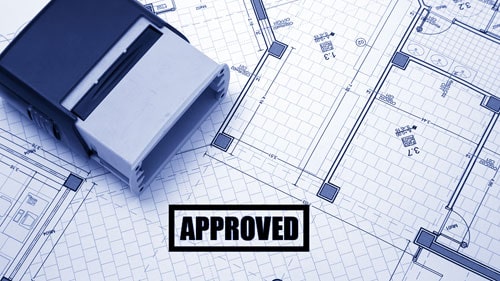Assistance of Excavation (SOE) is a provisionary earth keeping system planned to manage the ground for allowing a safe and reliable area for the building. In particular cases, the SOE System can function as long-term structural assistance. Now, let's take a look at the Excavation List that supports acquiring SOE Permit.
To get your SOE authorization approval, you should attend to the excavation checklist that includes General Task website Inspection, Utilities, Gain Access To & Egress, Wet Issues, Hazardous Atmosphere, and Support System.
General Task website Examination for SOE Permit Approval:
Excavations, adjacent locations protective systems inspected by a capable individual every day before the start of work
A skilled person who can choose to remove workers from excavation quickly
Removal/Support of Surface Area Impediments
Employees threatened from loose rock or soil, positioning a hazard by falling or rolling into the excavation
Construction hats are worn by employees
Materials & equipment held up within 2 feet from the verge of the excavation
Barriers offered at remotely situated excavations, wells, shafts & pits
Walkways & bridges over excavations, which are 4 feet or more thorough are Condo renovation permit drawings Washington DC strengthened with common guardrails & toe boards
Caution vests or extremely noticeable clothing provided & used by workers exposed to public car traffic
Staff members need to maintain distance from cars being filled or unloaded
Warning system established & used while mobile devices is functioning close to the brink of the excavation
Workers proscribed from going under suspended loads & restricted from dealing with the facets of likely or benched excavations above other workers
Utilities for SOE Permit:
Utility business communicated and the place of utilities
The specific place of the significant energies
Underground setups that are secured, supported, or removed MEP permit Washington DC while excavation is open
Access & Egress:
Lateral travel to ways of egress not more than 25 feet in excavations 4 feet in depth
Structural ramps used by employees created by a skilled person
Structural ramps utilized for equipment created by a registered expert engineer
Workers shied from collapses while getting in or departing the excavation
Site Location:
Date, Time & the Persons Handling the Website
Soil Classification with the Depth & Width of Excavation
Type Of Protective System Used
Wet Issues:
Safety measures for safeguarding staff members from water accumulation
Water elimination devices monitored by a qualified individual
Surface water/runoff diverted or controlled to prevent accumulation in the excavation
Examinations made after every rainstorm or other risk increasing occurrence
Inspecting the Hazardous Atmosphere for SOE Permit:
Evaluating the Environment within the excavation where there is a probability of an oxygen lack, ignitable or other destructive pollutant revealing employees to a danger
Sufficient precautions for safeguarding staff members direct exposure an environment incorporating less than 19.5% oxygen other dangerous environments
Providing ventilation to prevent staff members exposure to an atmosphere consisting of combustible gas over 10% of the lower explosive limit of the gas
Evaluating conducted to guarantee the security of the environment
Emergency devices like breathing apparatus, safety belt and lifeline and basket stretcher where dangerous atmospheres exist
Training staff members to utilize personal protective & other rescue devices
Safety harness lifeline while going into deep restricted excavations
Support Systems for Obtaining SOE Authorization

Products & devices for support systems based upon soil analysis, trench depth & anticipated loads
Checking materials & equipment used for protective systems to see whether they remain in good condition
Eliminating materials & equipment if they are not in good conditions
Damaged materials devices used protective systems to be examined by a registered expert engineer after repair work prior to placing back into service
Installation of protective systems without revealing personnels to the risks of collapses or risk of getting obstructed by materials/equipment
Members of support group safely connected to avoid failure
Guarantee that the support group offer stability to the close-by structures, road & walls
Checking the back filling development with removal of the support group
Product excavation to a level not more than 2 feet underneath the bottom of support system just if system is meant to support loads computed for complete depth
Positioning the shield system to prevent lateral movement
To know more:
If you are stuck to your DCRA building authorization in Washington DC, select a license accelerating company for managing building authorization applications for brand-new building and construction and restorations. Tejjy Inc. facilitates budget friendly license speeding up services in Washington DC without any hold-up. Call at 202-465-4830 or send mail at info@tejjy.com for your authorization service approval.
Tejjy Inc.-- One of the skilled Load bearing wall removal permit, kitchen area remodeling license illustrations, Home remodelling license illustrations, Basement Underpinning illustrations and permit, Condo renovation permit illustrations, kitchen area renovating license drawings, house renovation permit, residential building license, Basement Renovation permit, maintaining wall permit, house remodeling license drawings, house remodeling layout, Structure license dcra, Construction authorization illustrations, public space license, load bearing wall removal permit, deck building and construction license, bathroom addition license,
MEP license, Mechanical authorization drawings, Electrical permit illustrations company in Washington DC, Baltimore, VA and MD area.